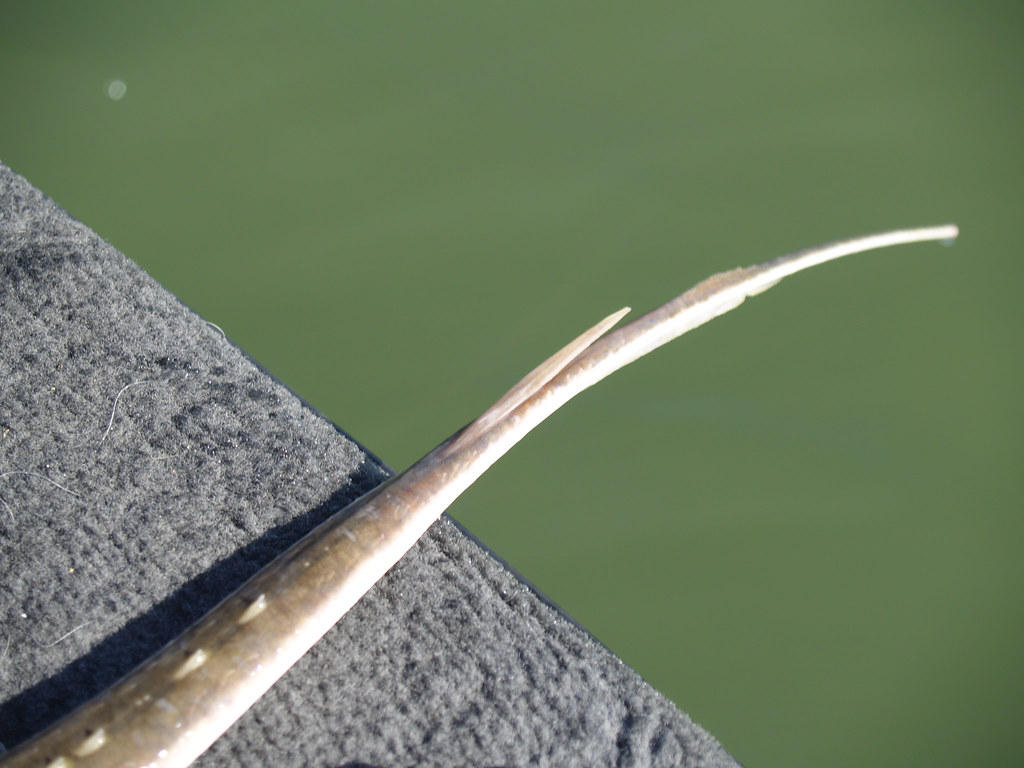The stingray barb is not just an intriguing aspect of marine biology; it represents a critical element in understanding the behavior and ecology of stingrays. These fascinating creatures, often found in shallow coastal waters, have a unique defensive mechanism that has captured the attention of researchers and beachgoers alike. The stingray barb, or stinger, serves as a reminder of the complexities of underwater life and the importance of respecting these animals in their natural habitats.
Stingrays are often misunderstood and feared due to the infamous sting from their barbs, which can cause significant pain and injury to humans. However, the stingray barb is primarily a defense mechanism, evolved over millions of years to protect these gentle creatures from predators. Understanding the anatomy and function of the stingray barb can help demystify these stunning animals and promote safe interactions between humans and stingrays.
In this article, we will explore various aspects of the stingray barb, including its structure, the dangers it poses, and tips for avoiding encounters. By delving into the biology and ecology of stingrays, we can gain a greater appreciation for these amazing creatures and the roles they play in their ecosystems.
What is a Stingray Barb?
The stingray barb is a sharp, pointed structure found on the tail of stingrays. This barb is made of keratin, the same material that makes up human hair and nails. It can vary in size and shape depending on the species of stingray. The barb is equipped with venom, which is delivered through grooves on its surface when the stingray feels threatened.
How Does the Stingray Barb Work?
The stingray barb functions as a defensive tool. When a stingray is approached by a potential threat, it can whip its tail and drive the barb into the attacker. The venom can cause intense pain, swelling, and, in some cases, serious injury. While the stingray does not actively seek to harm humans, it is essential for beachgoers to be aware of their surroundings to avoid accidental stings.
Are All Stingray Barbs Venomous?
Not all stingray species possess venomous barbs. Some species have barbs that are primarily used for defense but do not contain venom, while others have potent venom that can cause severe reactions in humans. Understanding the differences among stingray species is crucial for anyone who frequents coastal waters.
What Are the Risks Associated with Stingray Barbs?
Accidental encounters with stingrays can lead to painful stings and injuries. The risk of being stung increases when walking in shallow waters where stingrays may be hiding in the sand. Symptoms of a stingray barb injury can include:
- Intense pain and swelling
- Bleeding and bruising
- Infection if not treated properly
How to Avoid Stingray Barb Injuries?
To minimize the risk of injury from stingray barbs, consider the following precautions:
- Shuffling your feet while walking in shallow water can alert stingrays to your presence, allowing them to swim away.
- Avoid touching or attempting to handle stingrays, even if they appear docile.
- Be mindful of where you step, especially in sandy areas where stingrays might be buried.
What Should You Do If Stung by a Stingray Barb?
If you or someone you know is stung by a stingray barb, it is important to take immediate action. Here’s what you should do:
- Seek medical attention as soon as possible.
- Immerse the affected area in hot water (as hot as the person can tolerate) for 30 to 90 minutes to help relieve pain.
- Keep the wound clean and covered to prevent infection.
What Role Do Stingray Barbs Play in Marine Ecosystems?
Stingrays, along with their barbs, play an essential role in maintaining the balance of marine ecosystems. As bottom feeders, they help control populations of small fish and invertebrates, contributing to the health of the ocean floor. By understanding the ecological significance of stingrays and their barbs, we can work toward conservation efforts that protect these vital species.
Can Stingray Barbs Be Used for Anything Useful?
Interestingly, stingray barbs have been utilized by some cultures for various purposes, including:
- Crafting tools and weapons due to their sharpness and durability.
- As a source of material for jewelry and decorative items.
What is the Future of Stingray Conservation?
As human activities continue to impact marine ecosystems, it is crucial to prioritize the conservation of stingrays and their habitats. Education about the stingray barb and its role in the animal's defense mechanism can foster a greater understanding of these creatures and promote coexistence. Efforts to protect coastal areas from pollution and habitat destruction will ensure that future generations can appreciate the beauty of stingrays and their unique adaptations.
In conclusion, the stingray barb is a fascinating and complex aspect of marine life. By understanding its function, risks, and ecological importance, we can cultivate a deeper respect for stingrays and the vital roles they play in our oceans. As we continue to explore the mysteries of the underwater world, let us remember to appreciate the beauty and significance of every creature, including the often-misunderstood stingray.
Unveiling The Life And Legacy Of James McNichol
Exploring The Life Of Medhi Hasan's Wife
Unveiling The Connection Between Hakan Sabancı And Hande Erçel


/stingray-barb-Dave-Fleetham--Design-Pics-Perspectives-Getty-56a5f7a83df78cf7728abf19.jpg)